March 6, 2025
What You Need to Build Smart Teams to Eliminate SIFs
Read in Portuguese / Leia em português
Introduction
Eliminating Serious Incidents and Fatalities (SIF) requires a couple of key elements:
- You need to be able to recognize SIF exposures before they lead to actual accidents.
- You need to get a great understanding of why those exposures exist. In other words, you need to be able to answer the question: ‘how do the existing systems and our culture create this exposure?’
- Once you’ve gathered enough information, you need to define what actions and/or changes you’ll put in place to reduce SIF exposure pools. A SIF exposure pool is a recurring cultural and/or system element that creates exposure to SIF.
This article talks about the third and final element. Solving problems, using the data and knowledge available within your organization. Great teams are the backbone of every safe and successful organization. Research over the past decade shows that teams with high levels of collective intelligence work smarter and more effectively as they solve complex problems, including eliminating serious workplace hazards.1
What Is Collective Intelligence (CI)?
Collective Intelligence (CI) is a group’s ability to work effectively on a variety of tasks. Think of it as the “IQ” of a team. Just like a highly intelligent individual can tackle a range of challenges, high-CI teams consistently perform well across different situations.
What Makes a Team Smart?
The study showed it’s not individual team members’ intelligence that matters most to their performance. Instead, three factors are critical for high performing, collectively intelligent teams: group process, individual skills, and social sensitivity.
- Group Process: The best teams coordinated effectively: They aligned tasks with the strengths of individual members and implemented cohesive strategies. The research has consistently shown that “group process” is more important than individual skills in predicting team performance.
- Individual Skills: The best teams had individuals with the skills to perform the tasks, however individual skills are not as important a predictor as group collaboration process.
- Social Sensitivity: High-CI teams are good at “reading the room.” They understand the emotions and intentions of others, enabling better communication and decision-making.
Why Does This Matter for SIF Prevention?
Since 1992 we have been studying safety improvement in organizations and the data is clear: companies that do a better job of problem solving around safety have faster and higher levels of improvement.2 Additionally, since 2010 it has become increasingly clear that SIF prevention requires the capability to solve complex problems. High-CI problem solving teams are better equipped to:
- Spot the best opportunities to eliminate SIF exposure.
- Brainstorm innovative solutions to mitigate risks.
- Execute safety plans efficiently and collaboratively.
What Leaders Can Do to Build Smart Teams to Eliminate SIFs?
- Invest in Team Dynamics: Provide tools and training to improve collaboration, like coaching on communication or systems for real-time coordination.
- Build Balanced Teams: Ensure a mix of relevant skills and individuals with high social sensitivity.
- Measure and Boost CI: Evaluate your teams’ CI and support them with feedback, resources, or personnel changes when needed.
The Bottom Line
Eliminating serious injuries and fatalities (SIFs) is tough—if it were easy, far fewer lives would be lost in the workplace. Success requires bringing people with a range of skills and knowledge together, working to identify and solve complex problems. By fostering collective intelligence in these teams, you’ll not only equip your teams to eliminate SIF exposure, but also build their ability to effectively tackle other challenges.
References
1 Riedl, C., Kim, Y. J., Gupta, P., Malone, T. W., & Woolley, A. W. (2021). Quantifying collective intelligence in human groups. PNAS Proceedings of the National Academy of Sciences of the United States of America, 118 (21).
2Krause, T.R. (2005) Leading with Safety. Hoboken, New Jersey: John Wiley & Sons, Inc.


